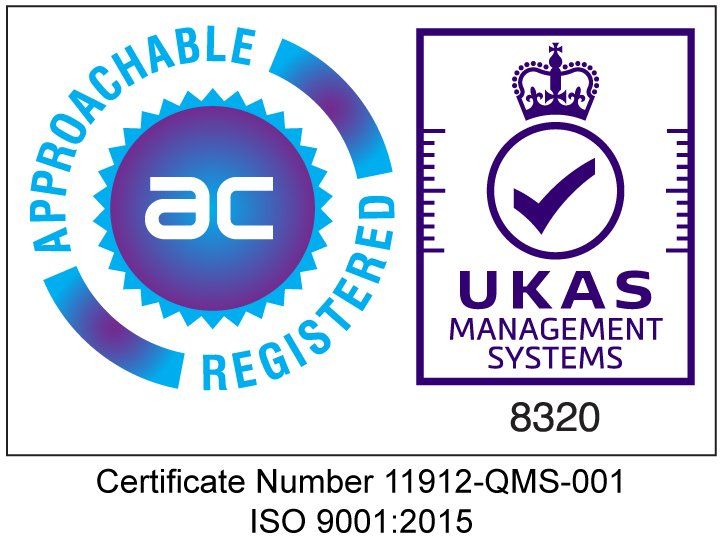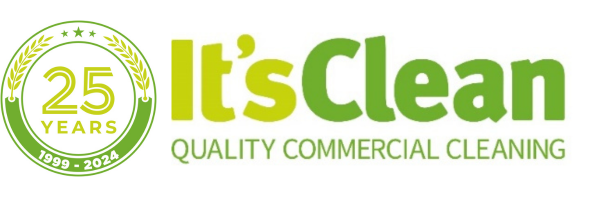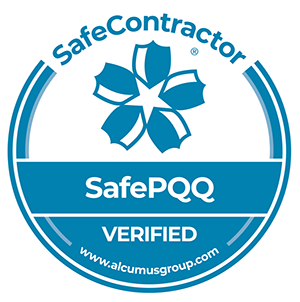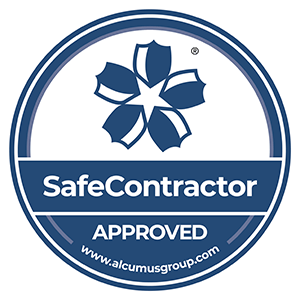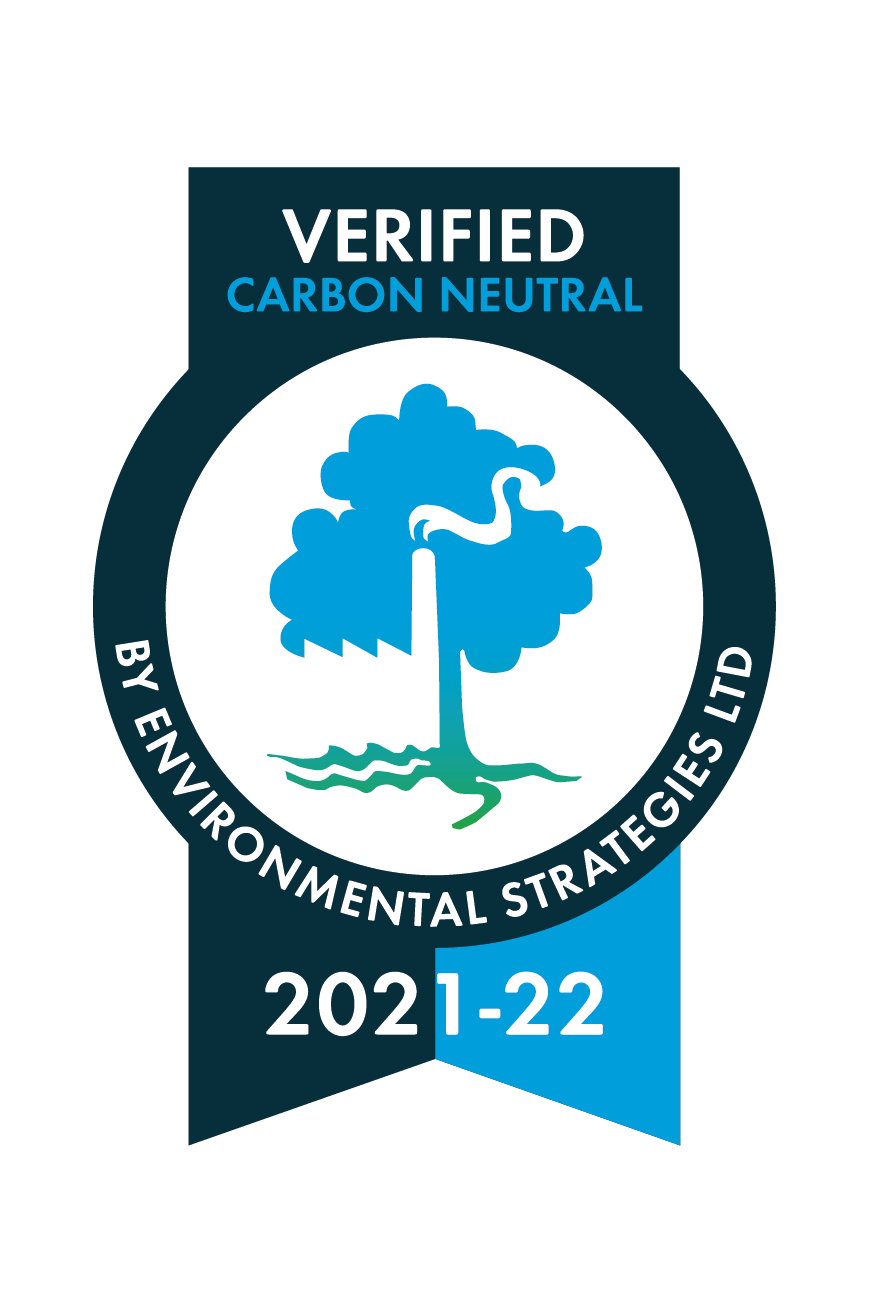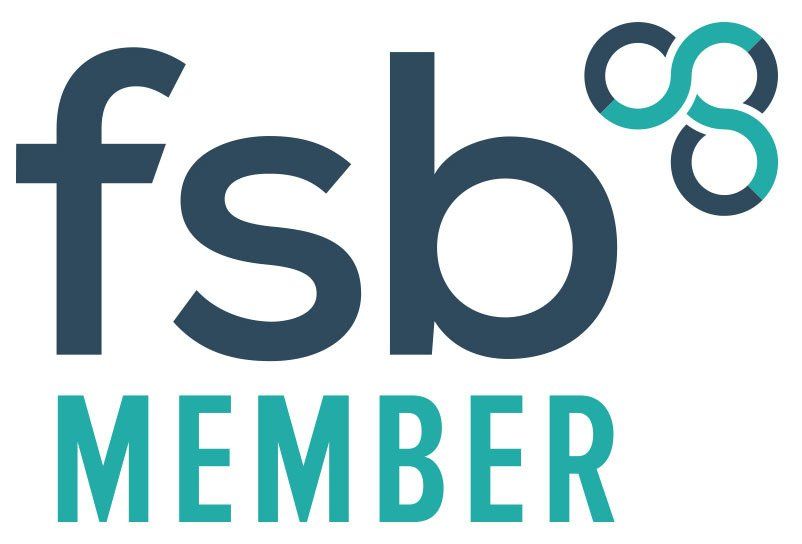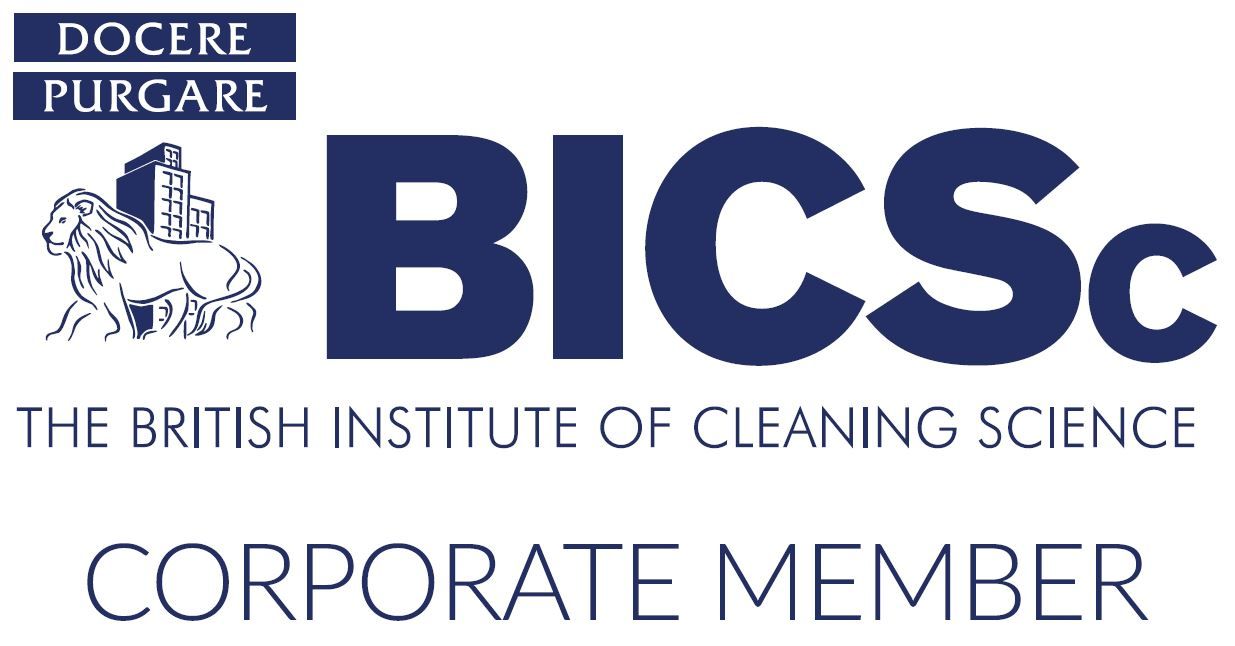7 Areas of The Office That Need Cleaning Regularly
A checklist of the 7 areas to keep clean in your commercial office
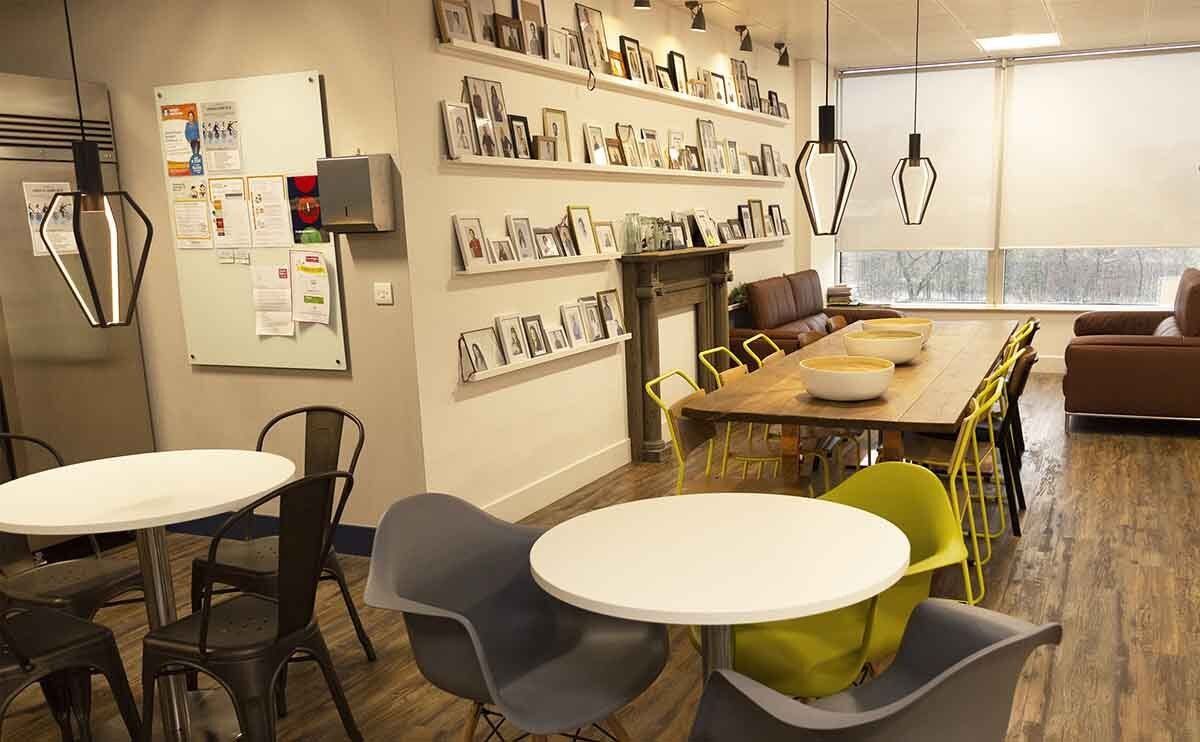
Office cleaning is a critical element of
facilities management, and a staple part of the infrastructure an employer has to build into the basic welfare systems an organisation looks after. First and foremost, office cleaning is a fundamental health and safety requirement in terms of fulfilling an employer’s duty to provide a safe and comfortable workplace. Secondly, a regularly cleaned office demonstrates to employees the standards required of the organisation, and hence can be a motivating factor. Finally, frequent office cleaning reflects well on the organisation and creates the best first impression possible for visitors and customers.
But what are the key areas of an office which need cleaning regularly? Employing
a professional office cleaning company is very important, and while all organisations are different, and obvious things like visible surfaces and emptying bins go without saying, there are key elements and features of an office which always require regular attention.
1. Under chairs
It may not be visible but the underside of chairs is a well-known point for the build-up of dust and dirt, and you would be surprised how often employees may touch the underside whilst they are leaning back to relax or stretch, or just grabbing the chair to pull it up or reposition it. So cleaning the underside can be a big benefit to stopping the transmission of bacteria and dirt.
2. Lights
Many offices use fluorescent strip lights and the outer casings are a classic location for the build-up of dust and even insects. You may not notice it, but over time this build-up will start to dim the light in a room, so a regular clean of these lights can brighten up the room and may even have a positive effect on productivity and motivation.
3. Blinds
Cleaning blinds is well known to be a time-consuming cleaning activity, but it is vital in creating a healthy and clean office environment. Any professional cleaning company will be happy to include blinds in their daily routines, as they are a classic settlement location for dust and dirt and are quite often not touched for weeks on end. Even if the slats of the blind are turned to block out light or let light in, the dust on them is not necessarily dislodged, so regular dusting is a must.
4. Microwaves
Communal microwaves are one of the biggest breeding grounds for bacteria, and can actually become dangerous in terms of the spread of disease. Food splats and spills are rarely cleaned up by employees and can build-up over time to create a very unpleasant situation, in terms of potential disease and also airborne odours. Microwaves are notoriously left untouched as they are deemed to be no one’s set responsibility in an office environment, but for a professional cleaning company they are often a high priority for regular cleaning.
5. Telephones
In terms of frequent, everyday contact, telephones are one of the biggest transmitters of germs and bacteria, as we touch them often with both our hands and face. Increasingly people are moving to mobile phones in offices, of course, but communal phones are still common and are certainly used often enough to be a key element of a regular office cleaning regime.
6. Air conditioning systems
These are now fairly standard in office environments, but by their very nature – ie. transporting air in and out of a building – they pick up a lot of dust and dirt. Often these systems are cleaned by professional air conditioning engineers on service and maintenance contracts, but the vents, ducting and fans etc collect a lot of dust in areas which can be visual and accessible, so need to be attended to regularly.
7. Touch point areas
Any professional office cleaning regime should now include the daily cleaning of all touch point areas, where people regularly touch specific points and pick-up or transmit viruses, bacteria and diseases. These points in an office typically include door handles, chair arms, desks, phones, kitchen surfaces, cupboard doors and light switches, but can differ by individual location, so a thorough risk assessment should be carried out first to identify all these key locations.

